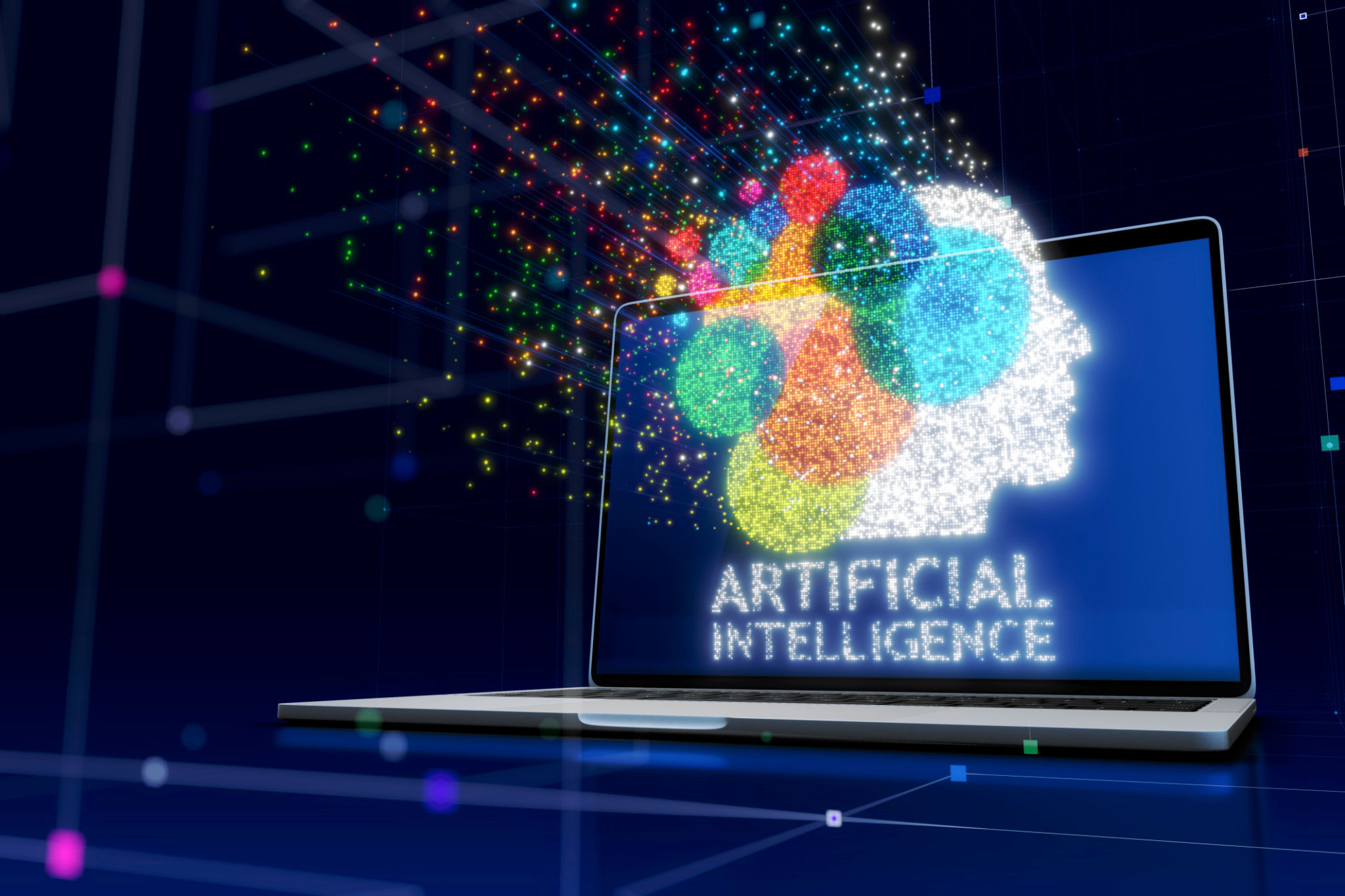How AI is Transforming UX Strategy: Insights for Designers
The Rise of AI in User Experience Design
The integration of artificial intelligence (AI) into user experience (UX) design is revolutionizing the way designers approach their craft. AI technologies are enabling more intuitive, personalized, and efficient experiences for users, transforming the role of designers in the process. As AI continues to evolve, it becomes crucial for UX designers to understand how to leverage these tools to create impactful designs.
AI is particularly adept at analyzing vast amounts of data and identifying patterns that might be invisible to the human eye. This capacity allows designers to gain insights into user behaviors and preferences more accurately and swiftly than ever before. As a result, UX strategy is becoming increasingly data-driven, offering a deeper understanding of what users want and need.

Enhancing Personalization with AI
One of the most significant ways AI is transforming UX strategy is through enhanced personalization. AI algorithms can analyze user data to deliver tailored content, product recommendations, and interface adjustments that align with individual user preferences. This level of personalization enhances user satisfaction and increases engagement by making users feel understood and valued.
Designers can use AI-driven insights to create adaptive user interfaces that change based on users' interactions. This adaptability not only improves the user experience but also helps in retaining customers by providing a unique and personal touch to their interactions with digital platforms.
Streamlining Design Processes
AI tools are also streamlining the design process itself. Automated design systems can handle repetitive tasks such as layout adjustments, color scheme suggestions, and even initial wireframing. This automation frees up designers to focus on more creative and strategic aspects of UX design, allowing them to innovate without being bogged down by mundane tasks.

Moreover, AI can help in predicting potential design issues before they arise. By simulating user interactions, AI can identify friction points and suggest improvements, leading to more efficient testing and iteration cycles. This proactive approach can significantly reduce time-to-market for digital products.
Challenges and Considerations
While AI offers numerous benefits, it also presents challenges that designers need to address. One major concern is ensuring that AI-driven personalization respects user privacy and data security. Designers must ensure transparency in how data is collected and used, maintaining ethical standards in their practices.
Another consideration is avoiding over-reliance on AI. While AI can provide valuable insights, the human touch remains crucial in creating empathetic and emotionally resonant designs. Designers must strike a balance between utilizing AI capabilities and incorporating their own creative intuition.

The Future of UX Design with AI
Looking ahead, the integration of AI into UX design will likely continue to grow, offering even more sophisticated tools and capabilities. As AI technologies become more advanced, designers will have the opportunity to create experiences that are not only highly personalized but also predictive and context-aware.
Designers who embrace AI's potential will be better positioned to craft innovative solutions that meet users' evolving needs. By staying informed about AI advancements and continuously exploring how these technologies can enhance their work, UX designers can remain at the forefront of this exciting transformation.
Ultimately, AI is not just a tool for optimizing UX strategy; it is a catalyst for redefining what is possible in digital design. As designers harness the power of AI, they will be able to deliver experiences that are both delightful and impactful, paving the way for a new era of user-centric innovation.
